How to propagate plants from cuttings?2024
DATE : 8 February 2024 By : Tareq Qteshat


In my gardening journey, I have discovered the joy and satisfaction of propagating plants from cuttings. It is a fascinating process that allows me to create new plants from the parent plant, expanding my garden and sharing my favorite varieties with others. Propagating plants from cuttings is a simple and rewarding technique that can be done with a wide range of houseplants, perennials, and woody plants.
Not only does it save money, but it also allows you to produce new plants with the same traits as the parent plant. Whether you want to increase your collection of succulents or grow more flowering perennials, learning how to propagate plants from cuttings is an invaluable skill for any gardener. In this guide, I will walk you through the process step by step, from selecting the right plants for propagation to caring for the transplanted cuttings. So let’s dive in and discover the wonderful world of plant propagation!
Why propagate plants from cuttings?

There are several reasons why I enjoy propagating plants from cuttings. Firstly, it allows me to create new plants that are identical to the parent plant. This means I can reproduce my favorite varieties and have multiple specimens of the plants I love. Secondly, propagating plants from cuttings saves me money. Instead of purchasing new plants, I can simply take cuttings from my existing ones and grow them into new plants.
It’s a cost-effective way to expand my garden. Additionally, propagating plants from cuttings is a fun and rewarding process. It’s exciting to watch the cuttings develop roots and grow into healthy plants. It gives me a sense of satisfaction and achievement. Lastly, propagating plants from cuttings is a great way to share my plants with others. I can give away the propagated plants as gifts or trade them with fellow gardeners, spreading the joy of gardening.
Benefits of propagating plants from cuttings
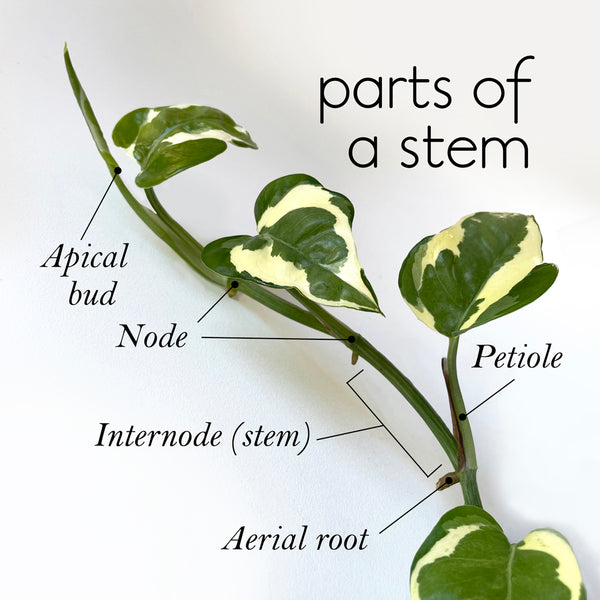
There are many benefits to propagating plants from cuttings. Firstly, it allows me to create new plants that are identical to the parent plant. This means I can reproduce my favorite varieties and have multiple specimens of the plants I love. Secondly, propagating plants from cuttings saves me money. Instead of purchasing new plants, I can simply take cuttings from my existing ones and grow them into new plants. It’s a cost-effective way to expand my garden. Additionally, propagating plants from cuttings is a fun and rewarding process.
It’s exciting to watch the cuttings develop roots and grow into healthy plants. It gives me a sense of satisfaction and achievement. Lastly, propagating plants from cuttings is a great way to share my plants with others. I can give away the propagated plants as gifts or trade them with fellow gardeners, spreading the joy of gardening.
Selecting the right plants for propagation

When selecting plants for propagation, it’s important to choose ones that are healthy and well-established. I look for plants that have strong stems and vibrant foliage, as these are signs of a plant’s overall health. I also consider the specific characteristics of the plant. Some plants, like houseplants and perennials, are well-suited for propagation from cuttings. Others, like woody plants, may require different techniques such as hardwood or softwood cuttings.
8 February 2024
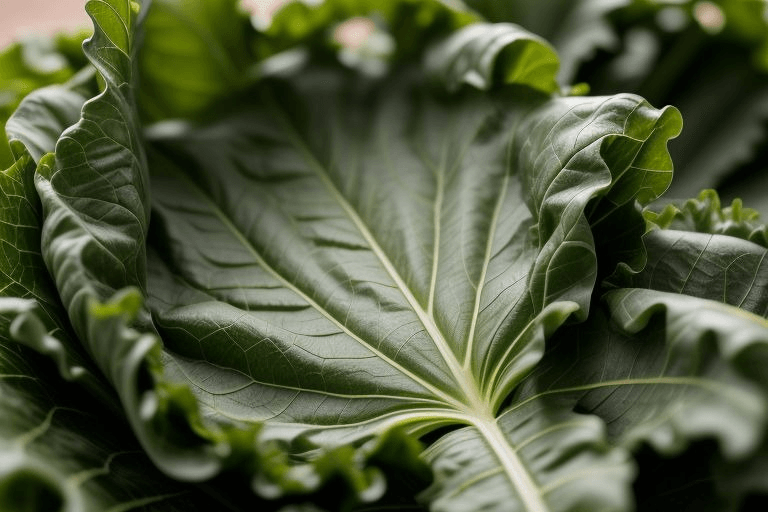
I also take into account the time of year. Most plants can be propagated from cuttings during the spring and summer when they are actively growing. However, some plants, like succulents, can be propagated year-round.
Additionally, I consider the availability of the parent plant. If I have multiple specimens of a particular plant or if it’s a common variety, I’m more inclined to propagate from cuttings. This allows me to expand my garden without needing to purchase additional plants.
Overall, selecting the right plants for propagation involves assessing their health, specific characteristics, time of year, and availability in my garden.
Choosing the right plants for propagating from cuttings

When selecting plants for propagation from cuttings, there are a few factors to consider. Firstly, I look for plants that are healthy and well-established. They should have strong stems and vibrant foliage, indicating good overall health. Additionally, I consider the specific characteristics of the plant. Some plants, like houseplants and perennials, are well-suited for propagation from cuttings. They have the ability to develop new roots and stems easily. On the other hand, woody plants may require different techniques such as hardwood or softwood cuttings.
I also take into account the availability of the parent plant. If I have multiple specimens of a particular plant or if it’s a common variety, I’m more inclined to propagate from cuttings. This allows me to expand my garden without needing to purchase additional plants. Lastly, the time of year is important. Most plants can be propagated from cuttings during the spring and summer when they are actively growing. However, some plants, like succulents, can be propagated year-round. Overall, selecting the right plants for propagation involves assessing their health, specific characteristics, availability, and the time of year.
Characteristics of plants suitable for propagating from cuttings
:strip_icc()/how-to-grow-plants-from-cuttings-5660244-05-126476e7f86540ea967467b9629f17f0.jpg)
When selecting plants for propagation from cuttings, I look for certain characteristics that indicate their suitability for this method. Firstly, plants with sturdy stems and healthy foliage tend to have better success rates in rooting. This is because strong stems can support new root growth, and vibrant foliage indicates overall plant health.
Additionally, I prefer plants that have a high likelihood of developing new roots and stems easily. This includes houseplants like Pothos and Spider Plants, as well as many perennials like Lavender and Sage. These plants have a natural ability to produce new growth from cuttings, making them ideal candidates for propagation.
I also consider the availability of the parent plant. If I have multiple specimens of a particular plant or if it’s a common variety, I’m more inclined to propagate from cuttings. This allows me to expand my garden without needing to purchase additional plants.
Lastly, the time of year is important. Most plants can be propagated from cuttings during the spring and summer when they are actively growing. However, some plants, like succulents, can be propagated year-round.
Overall, selecting the right plants for propagation involves assessing their health, specific characteristics, availability, and the time of year.
Preparing the cutting
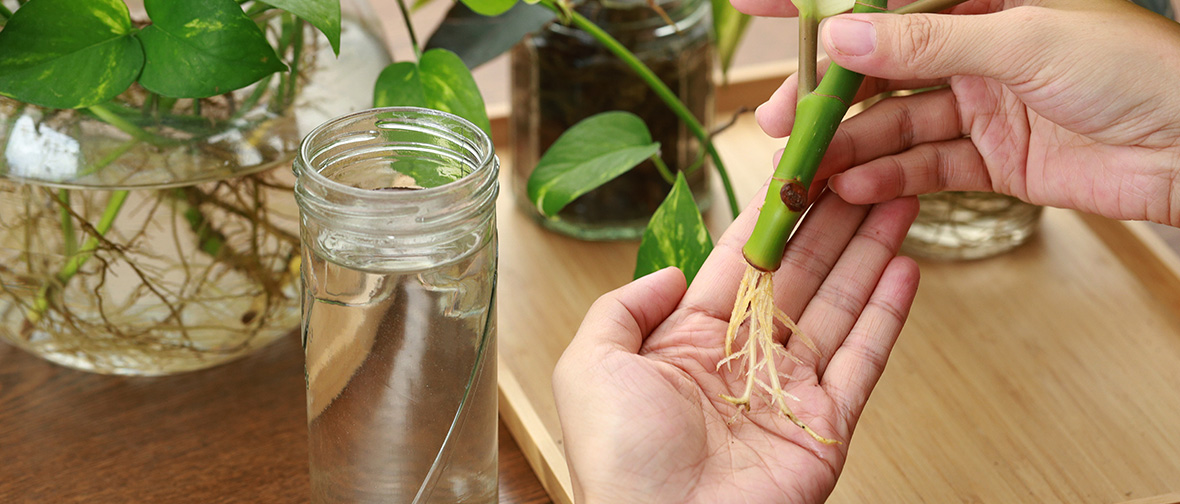
When preparing the cutting, it is important to choose a healthy and mature stem or leaf from the parent plant. I prefer using sharp and clean pruners or scissors to make a clean cut just below a node, which is where the leaf or branching occurs.
After taking the cutting, I remove any excess leaves from the lower part of the stem, leaving only a few at the top. This helps reduce water loss and directs energy towards root development.
To promote successful rooting, I dip the cut end of the stem in a rooting hormone powder or gel. This contains auxin, a plant hormone that stimulates root growth.
Next, I prepare a pot or container with a well-draining soilless potting mix, such as a mixture of perlite and vermiculite. I make a hole in the soil with a pencil and carefully place the cutting into it, ensuring that it is well-supported and the soil covers the bottom node.
Finally, I gently water the cutting, being careful not to overwater, and place a plastic bag or a humidity dome over the pot to create a greenhouse-like environment. The cutting should be placed in indirect light to avoid excessive heat and sunlight.
This is how I prepare the cutting for successful rooting and growth.
Best time to take cuttings from plants
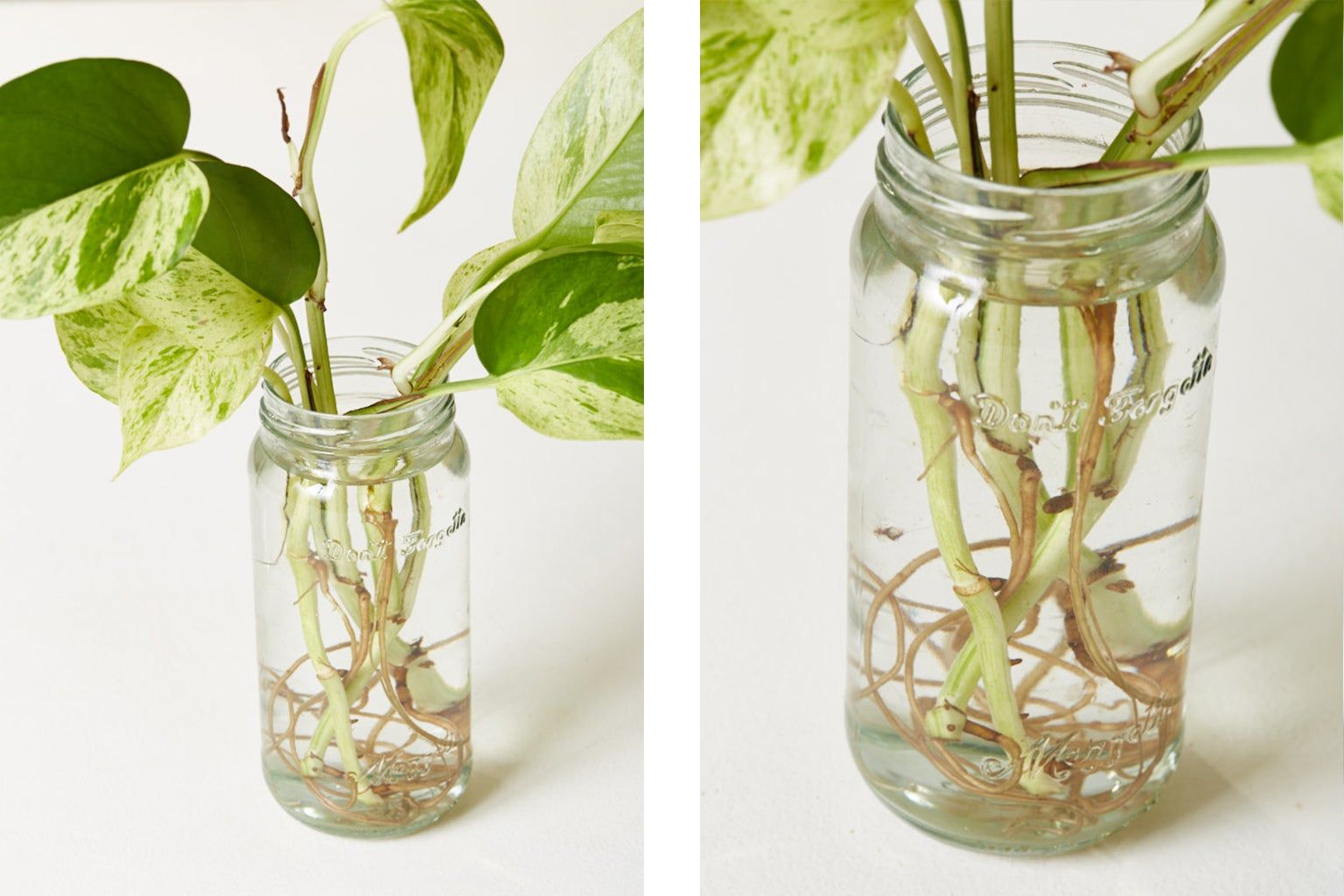
I find that the best time to take cuttings from plants is during the spring or early summer when the plants are actively growing. This is when the stems are young and flexible, making them more likely to root successfully.
For herbaceous plants, it is best to take softwood cuttings in the spring when the new growth is soft and pliable. For woody plants, hardwood cuttings can be taken in the late summer or early fall when the stems have hardened off.
It is important to avoid taking cuttings when the plant is in its dormant stage, such as during the winter months. During this time, the plant’s energy is focused on survival rather than new growth.
By timing the cuttings right, I increase the chances of success and ensure that the cuttings have the best conditions for rooting and growth.
Proper technique for taking cuttings from plants

When taking cuttings from plants, it is important to follow the proper technique to increase the chances of success. Here is the step-by-step process that I follow:
- Select a healthy parent plant: Choose a plant that is free from diseases and pests, and has vigorous growth.
- Use clean and sharp pruners or scissors: This helps to make clean cuts without damaging the stem.
- Take a cutting just below a node: A node is where leaves or buds emerge from the stem. This is the area where new roots will develop.
- Cut at a 45-degree angle: This increases the surface area for rooting, allowing for better water absorption.
- Remove any lower leaves: Remove the leaves from the lower part of the cutting, leaving only a few leaves on the upper part.
- Dip the cutting in rooting hormone (optional): Rooting hormone can help stimulate root growth and improve rooting success.
- Plant the cutting in a pot with a soilless potting mix: Use a mix of perlite and vermiculite or a combination of peat moss and perlite.
- Mist the cutting and cover with a plastic bag: This creates a humid environment that promotes root development.
- Place the cutting in indirect light: Avoid direct sunlight, as it can damage the new growth.
- Keep the soil moist but not waterlogged: Water the cutting when the top inch of soil feels dry.
By following these techniques, I have found success in propagating new plants from cuttings.
Rooting the cutting
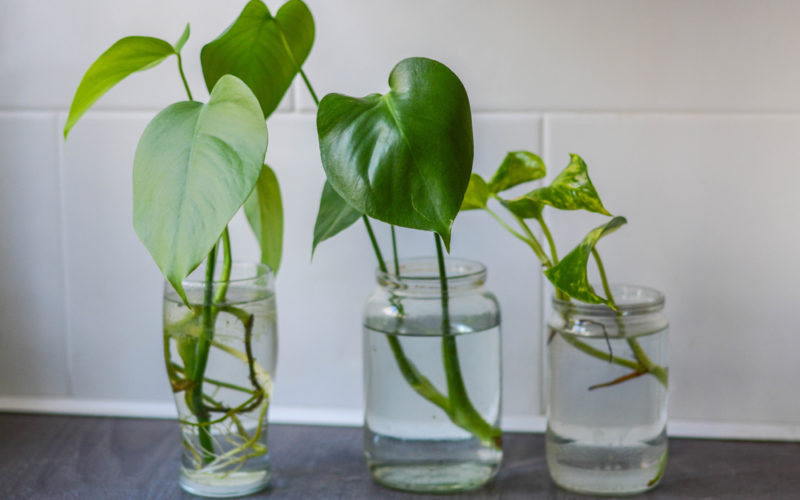
After preparing the cutting, the next step is to encourage it to develop roots. This process, known as rooting, is crucial for the cutting to grow into a new plant. Here’s how I facilitate rooting in the cuttings:
- Choosing the right propagation medium: I find that using a soilless potting mix consisting of perlite and vermiculite or a combination of peat moss and perlite works best for most cuttings. These mediums provide good drainage and aeration, which are essential for root development.
- Watering the cutting: I make sure to keep the soil moist but not waterlogged. Overwatering can lead to root rot, while underwatering can cause the cutting to dry out. I typically water the cutting when the top inch of soil feels dry to the touch.
- Providing indirect light: While the cutting needs light to grow, direct sunlight can be too intense and can damage the new growth. Therefore, I place the cutting in a location with indirect light, such as near a north-facing window.
- Mist and cover with a plastic bag: To create a humid environment that promotes root development, I mist the cutting with water and cover it with a plastic bag. This helps to retain moisture and increase humidity around the cutting.
By following these steps, I have had success in encouraging cuttings to develop roots and grow into new plants.
Choosing the right propagation medium

When it comes to choosing the right propagation medium, I find that using a soilless potting mix works best for most cuttings. This type of medium provides excellent drainage and aeration, which are essential for root development.
One option is to use a mix consisting of perlite and vermiculite. Perlite is a lightweight volcanic rock that helps improve drainage, while vermiculite retains moisture and improves aeration. Another option is to use a combination of peat moss and perlite. Peat moss retains moisture and provides a good structure for roots to develop, while perlite ensures good drainage.
I prefer to use a soilless potting mix because it reduces the risk of introducing diseases or pests to the new cuttings. It also allows me to control the mineral content and pH levels more easily.
Before planting the cutting in the medium, I make sure to moisten it slightly to provide a favorable environment for root growth. The moisture also helps the cutting establish contact with the medium and promotes the formation of roots.
Overall, choosing the right propagation medium plays a crucial role in the successful rooting and growth of the cutting into a new plant.
Methods to stimulate root growth in cuttings
:max_bytes(150000):strip_icc()/how-to-propogation-10-c241017e7e9c440a9aef2f58c66a3e4b.jpg)
To stimulate root growth in cuttings, I have found a few methods to be effective. One method is to use a rooting hormone, which can be applied to the cut end of the stem. Rooting hormones contain auxin, a natural plant hormone that encourages root development. I find that using a powdered rooting hormone works well for most cuttings. Another method is to provide a favorable environment for the cuttings.
I make sure to keep the cuttings in a warm and humid environment. I often place a plastic bag over the pot or use a mini greenhouse to maintain the humidity. Additionally, providing indirect light can also help stimulate root growth. I place the cuttings in a location where they receive bright but not direct sunlight. These methods have helped me achieve successful root growth in my cuttings.
Transplanting the rooted cutting

After the cutting has developed roots, it is time to transplant it into a larger container or into the ground. Transplanting the rooted cutting allows it to continue growing and thriving in its new home. Here are the steps to transplant a rooted cutting:
- Choose a suitable container or location in the garden for the transplant. Ensure that it provides enough space for the plant to grow and that it has well-drained soil.
- Gently remove the rooted cutting from its original container, being careful not to damage the roots.
- Dig a hole in the new container or garden bed that is deep and wide enough to accommodate the roots of the cutting.
- Place the cutting into the hole, making sure that the roots are spread out and covered with soil.
- Firmly press the soil around the base of the cutting to secure it in place.
- Water the newly transplanted cutting thoroughly to help it settle into its new environment.
- Continue to provide proper care, including regular watering, sunlight, and fertilizer, to ensure the successful growth of the transplanted cutting.
By following these steps, you can successfully transplant the rooted cutting and watch it thrive and grow into a new plant.
When and how to transplant rooted cuttings

Transplanting rooted cuttings is an important step in their growth journey. Once the roots have developed, it’s time to give them a new home where they can continue to thrive. The best time to transplant rooted cuttings is typically in the spring or early summer when the weather is mild. Here’s how I like to transplant my rooted cuttings:
- Choose a suitable location: Select a spot in your garden with well-drained soil and ample sunlight for the particular plant species you are transplanting.
- Prepare the hole: Dig a hole that is wide and deep enough to accommodate the roots of the cutting. Make sure to loosen the soil around the hole to encourage root expansion.
- Gently remove the cutting: Carefully lift the rooted cutting from its original container, being mindful not to damage the delicate root system.
- Place the cutting in the hole: Position the cutting in the center of the hole and spread out the roots. Ensure the stem is at the same depth it was in the original container.
- Fill in the hole: Backfill the hole with soil, gently pressing it around the cutting to remove air pockets. Avoid compacting the soil too tightly.
- Water thoroughly: Give the newly transplanted cutting a good watering to settle the soil and help establish the roots in their new environment.
Remember to continue providing proper care, such as regular watering, sunlight, and fertilizer, to ensure the successful growth of your transplanted cutting.
Caring for transplanted cuttings
:max_bytes(150000):strip_icc()/how-to-propogation-10-c241017e7e9c440a9aef2f58c66a3e4b.jpg)
Once you have successfully transplanted your cuttings, it is important to provide them with proper care to ensure their growth and development. Here are some tips for caring for transplanted cuttings:
- Watering: It is important to keep the soil moist but not overly saturated. Water the transplanted cuttings regularly, especially during the initial stages, to help them establish their roots in the new environment.
- Sunlight: Provide the transplanted cuttings with the appropriate amount of sunlight based on their specific light requirements. Some plants may require full sun, while others prefer partial shade. Make sure to position them in a location that receives the right amount of sunlight.
- Fertilization: Use a balanced fertilizer to provide essential nutrients to the transplanted cuttings. Follow the recommended dosage on the fertilizer packaging and apply it according to the plant’s needs.
- Pruning: Regularly prune the transplanted cuttings to promote bushier and healthier growth. Remove any dead or diseased leaves, stems, or flowers to enhance the overall appearance and health of the plant.
- Monitoring for pests and diseases: Keep an eye out for any signs of pests or diseases on the transplanted cuttings. Early detection and treatment can prevent further damage and ensure the plant’s wellbeing.
By following these care tips, you can help your transplanted cuttings thrive and become healthy, mature plants.
Troubleshooting and common issues
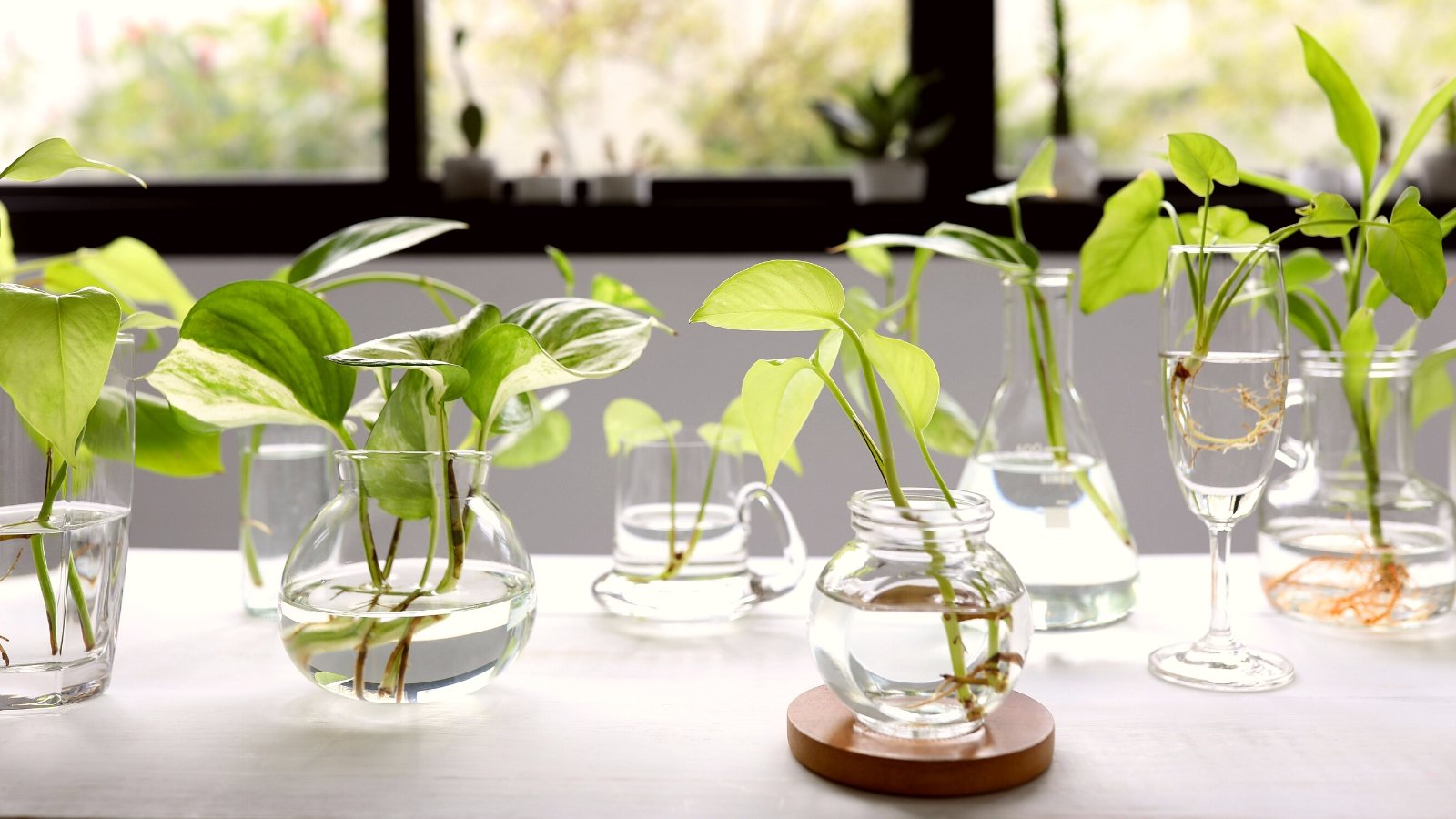
When propagating plants from cuttings, there are a few common issues that can arise. Here are some troubleshooting tips to help you overcome these challenges:
- Root rot: If you notice that your cuttings are wilting or the roots appear brown and mushy, it could be a sign of root rot. To prevent this, make sure you are using well-draining soil and avoid overwatering.
- Lack of root development: If your cuttings are not developing roots, it could be due to improper environmental conditions. Ensure that the humidity levels and temperature are suitable for root growth. You may also consider using a rooting hormone to enhance root development.
- Pest infestation: Sometimes, pests like aphids or mealybugs can attack your cuttings. Keep a close eye on your plants and take prompt action if you spot any pests. You can use organic insecticides or manually remove the pests.
- Disease outbreaks: Cuttings can be susceptible to diseases like fungal infections. Avoid overcrowding and make sure to provide good air circulation to prevent disease spread. Also, disinfect your tools before and after use to minimize the risk of contamination.
By being attentive and taking proper care, you can successfully troubleshoot common issues when propagating plants from cuttings.
Common problems when propagating plants from cuttings

When propagating plants from cuttings, there are a few common issues that can arise. One common problem is root rot, which is characterized by wilting cuttings and brown, mushy roots. To prevent this, it’s important to use well-draining soil and avoid overwatering.
Another issue that can occur is a lack of root development. If your cuttings are not developing roots, it could be due to improper environmental conditions. Make sure to provide suitable humidity levels and temperature for root growth. Using a rooting hormone can also help enhance root development.
Pest infestations can also occur when propagating cuttings. Keep a close eye on your plants and take prompt action if you spot any pests like aphids or mealybugs. You can use organic insecticides or manually remove the pests.
Lastly, disease outbreaks can affect the success of your cuttings. To prevent diseases, avoid overcrowding and provide good air circulation. Disinfect your tools before and after use to minimize the risk of contamination.
By being attentive and taking proper care, these common problems when propagating plants from cuttings can be successfully troubleshooted.
Tips for success and troubleshooting common issu
/how-to-propogation-16b-3bbcef91ce134cb99734cdb3775f00de.jpg)
When propagating plants from cuttings, there are a few tips and tricks that can help ensure success and troubleshoot any common issues that may arise. Here are some tips that I have found helpful:
- Provide the right environment: Place your cuttings in an area with indirect light and maintain a temperature between 65-75°F (18-24°C). This will promote root development and prevent wilting.
- Use a rooting hormone: Dip the cut end of the stem in a rooting hormone powder or gel before planting. This will stimulate root growth and increase the chances of successful rooting.
- Maintain proper moisture levels: Keep the rooting medium slightly moist, but avoid overwatering. This can lead to root rot. Mist the cuttings regularly to maintain humidity levels.
- Be patient: Rooting can take time, so be patient and give your cuttings time to establish. It may take several weeks or even months for roots to appear.
- Watch out for pests and diseases: Keep a close eye on your cuttings for any signs of pests or diseases. If you spot any, take immediate action by using organic insecticides or removing affected leaves.
By following these tips and troubleshooting common issues, you can successfully propagate plants from cuttings and enjoy the satisfaction of growing new plants from your favorite varieties.
Tags: coleus plant from cuttings, cuttings, grow plants from cuttings, how to grow plants from cuttings, how to grow roses from cuttings, how to propagate from cuttings, how to propagate peppers from cuttings, how to propagate plants, how to propagate rose plant, how to propagate roses from cuttings, how to take cuttings, plant cuttings, plant propagation, propagate from cuttings, propagate plants from cuttings, propagating plants, rooting plants from cuttings






0 thoughts on “How to propagate plants from cuttings?2024”